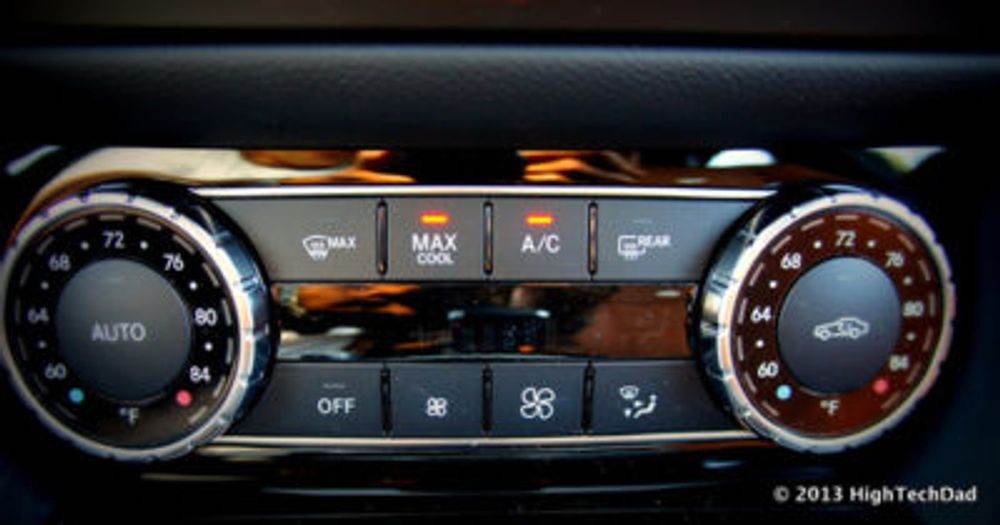In the warm summer months, the last thing you want is for the car’s AC to stop working. Here’s a quick review of your AC system, and how to keep it in tip-top shape.
How To Tell If Your Car AC Needs Freon
In the simplest form, you’ll know when you need an AC recharge if your AC starts pumping warm air instead of cold.
There is a very limited amount of refrigerant in the system, and when even small amount leaks, the system can no longer function properly, delivering lukewarm air instead of cold air.
How the AC System Works
Your car’s air conditioning system is filled with a highly specialized gas called refrigerant. There are several different types of refrigerant in use. This gas is compressed, cooled off in the car’s condenser (mounted right in front of the radiator). It’s then allowed to expand inside the evaporator inside the dash. As the refrigerant expands, it soaks up heat from the car interior. The cool gas is then piped back under the hood to the compressor, and so on.
Interesting Fact!
Before concerns about the environment, A/C systems used far more (4-5 times as much) refrigerant. This made a minor leak, well, minor. It was common to add a modest amount every spring to make sure the system could operate at peak efficiency.
Problem is, refrigerant gas is a powerful greenhouse gas, and most of it eventually gets vented back into the atmosphere. Car manufacturers were forced to convert to gases with less global warming liability, as well as sharply curtailing the amount of refrigerant on board.
What is a Recharge?
Generally, when you bring in your car for an AC recharge, the technician will start by checking system pressures with his gauges. If the system is just a little low, he can start looking for leaks right away. If the system is too low or completely empty, refrigerant will have to be added to look for the leak. And once he finds it, he’ll have to evacuate the system and repair the leak before he can refill it.
So, a full AC recharge involves evacuating the old refrigerant, and then refilling it with fresh. Otherwise the technician has no way to determine if the correct amount is on board. If the system has been opened, or any components are changed, there’s an additional step. They’ll need to vacuum the system of all atmospheric air and moisture before charging it. Needless to say, this all takes a few hours, much longer than simply draining in a can of refrigerant without any diagnostics.
Why are AC Recharges Important?
The time-honored practice of simply topping off your A/C with a can or two of refrigerant every spring is no longer acceptable. Your technician is obligated by Federal law to find and repair any leaks instead of simply adding more refrigerant as needed. Coupled with that is the fact that the new systems are quite intolerant of excess amounts of refrigerant onboard. Adding an entire 8-ounce can when the system is only an ounce or two low can actually damage the system.
Find out how much an AC recharge will cost in your area. Compare pricing and book online in minutes with Openbay.


